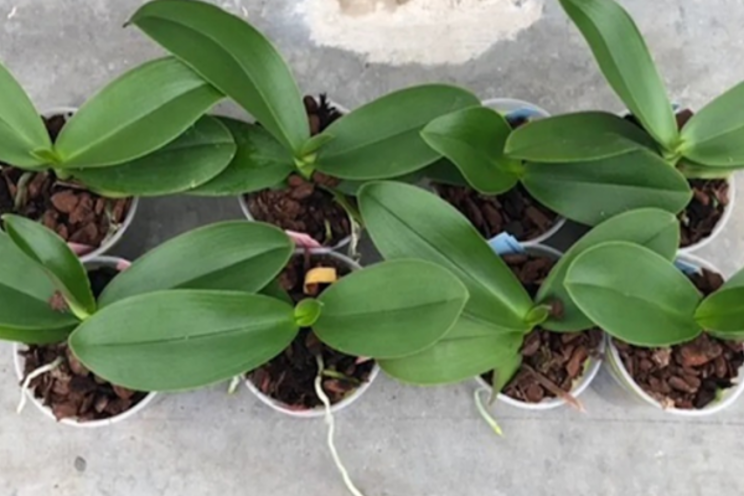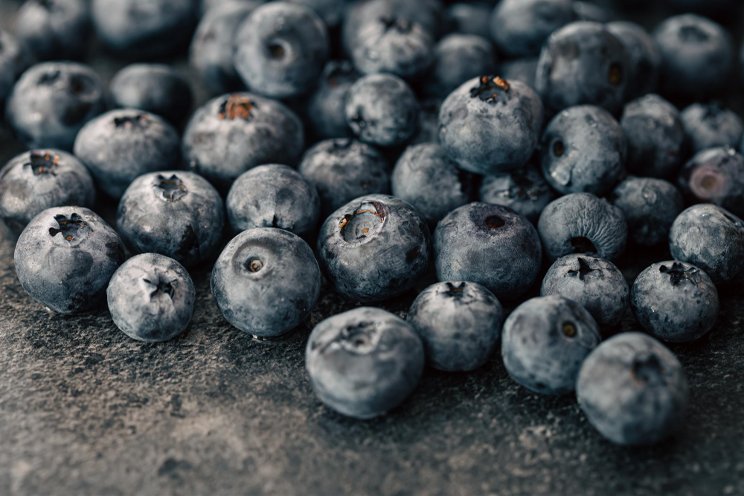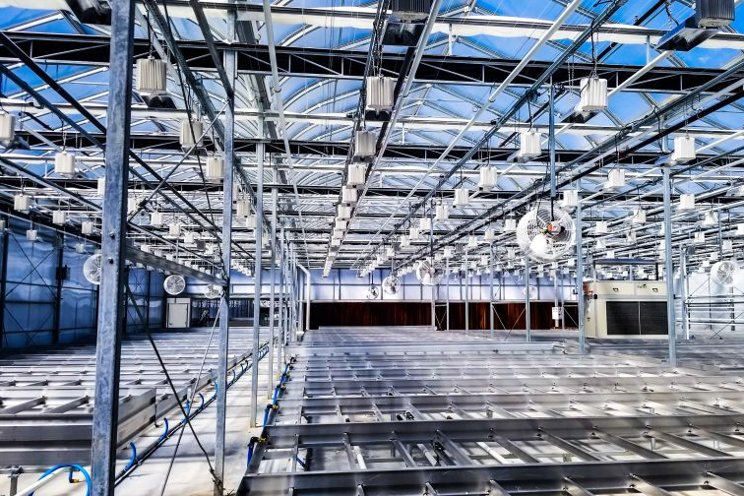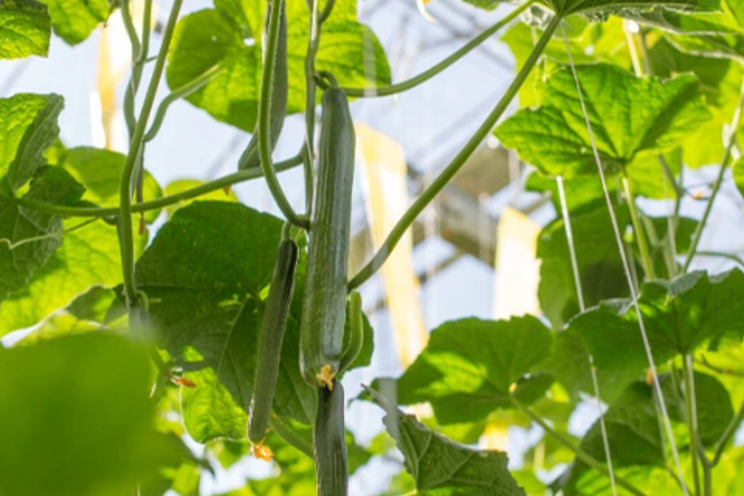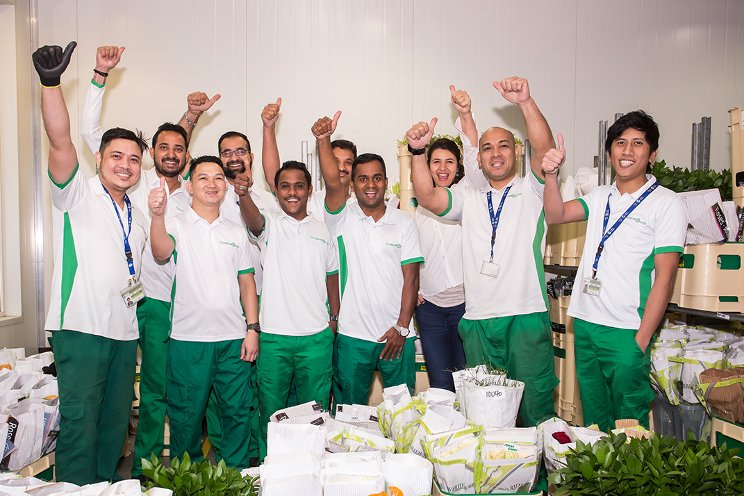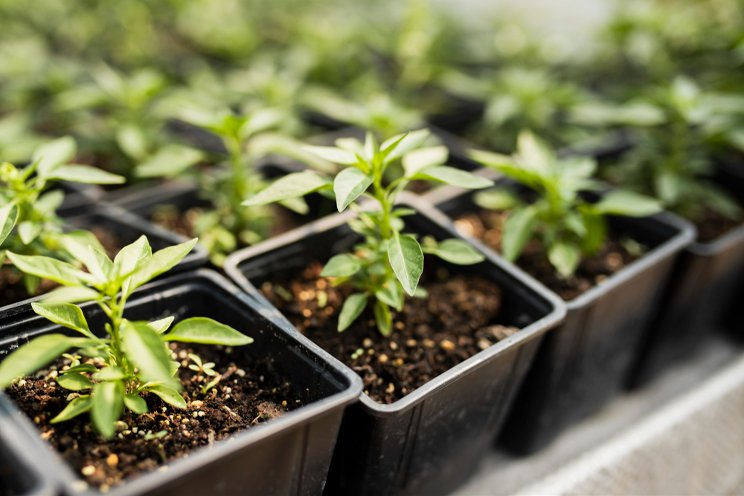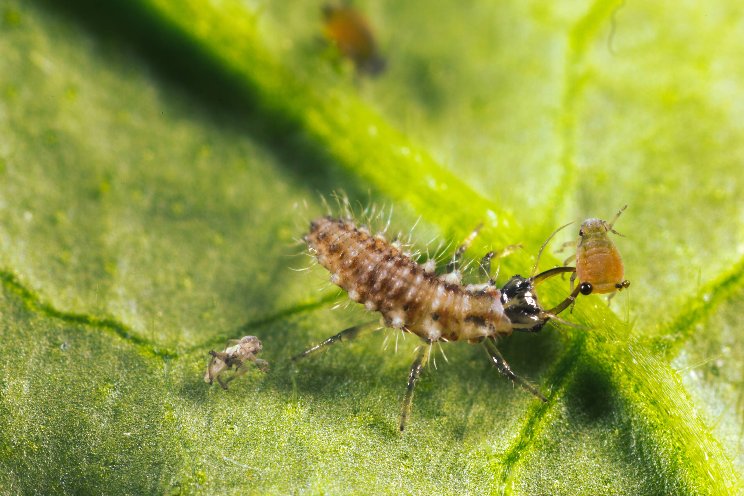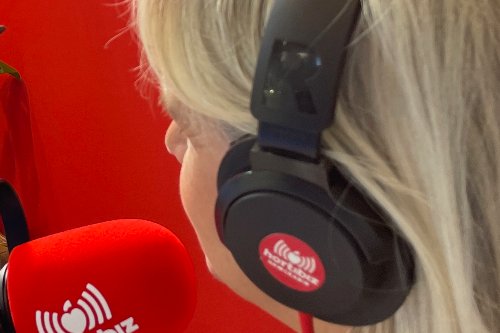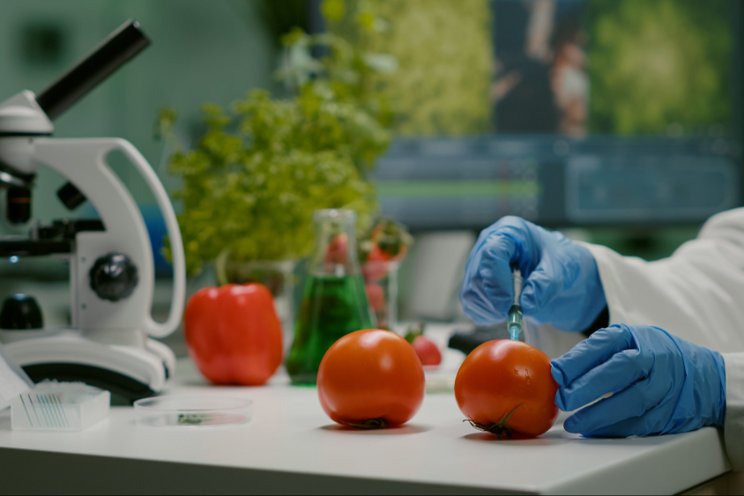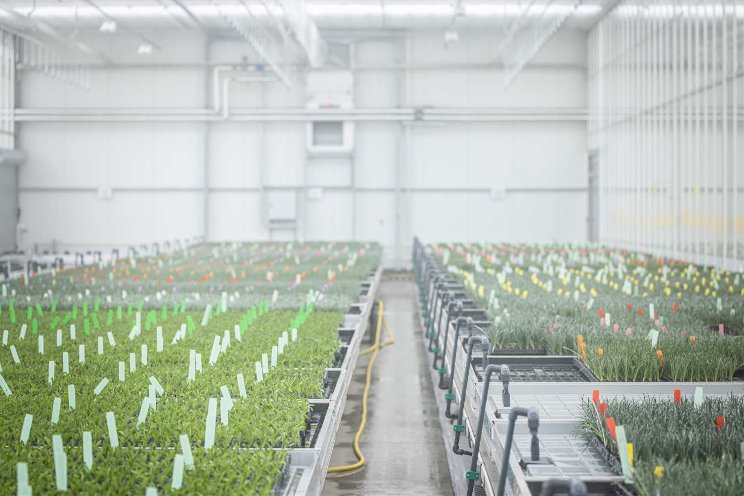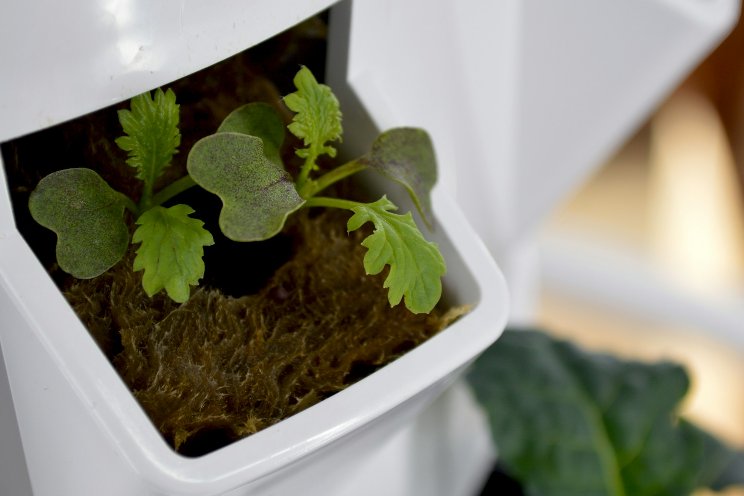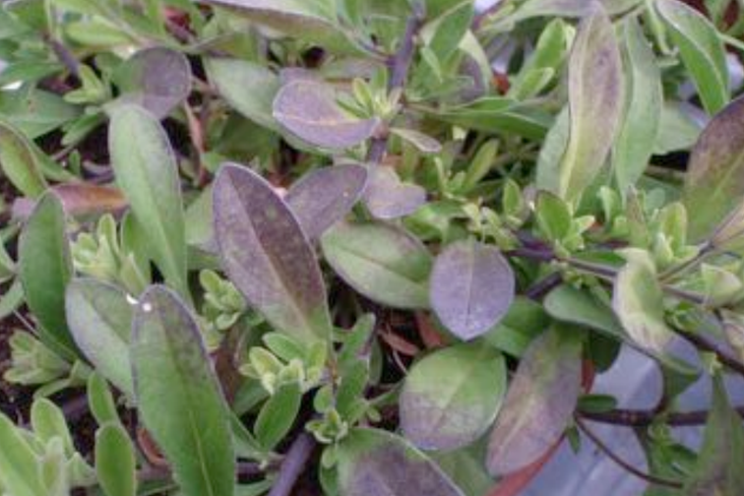Light's impact on crop aromatic and flavour profiles
Added on 03 January 2022
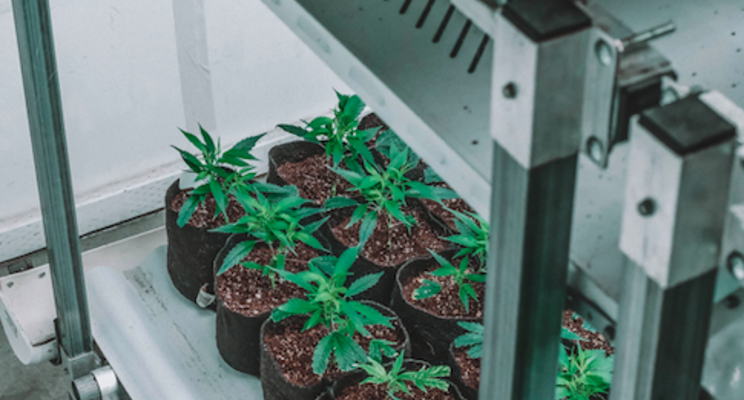
Have you ever heard of the phrase, "Don't judge cannabis by its odour?"
Of course not! Consumers absolutely judge cannabis and most other crops by their odour, colour, texture and—if free samples are available—taste.
For all the KPIs that growers attribute to their operational success and decision-making, accounting for sensory perception is rarely at the top. But a three-fold increase in cannabis production means little if it tastes like decades-old arugula.
Production gains and efficiencies are part and parcel of the growth model for every greenhouse. For those growing cannabis, strawberries, sweet tomatoes, basil and other crops where taste is crucial to the consumer's purchasing experience and the farm's operational profitability, pursuing the perfect aromatic and flavour profile should be just as important as efficient yields.
In highly competitive industries where marketability is as crucial as volume, the taste race is on. And if plant genetics are the launch pad, then the right lighting strategy is the booster rocket.
Light spectra's impact on secondary metabolite production and plant morphology is a well-known and observable phenomenon in modern horticulture. As plants are introduced to more intense lighting treatments, their energy and resources are diverted from primary metabolism—leaf, stem and root production—to secondary metabolism as a defense mechanism. The plant's shift in response is ultimately what drives the production of secondary metabolites: terpenes, flavonoids and cannabinoids, among others. Yet the question remains: Which wavelengths should be introduced in a lighting strategy to yield richer aromatic and flavour profiles for a given cultivar?
Recent research from Fluence by OSRAM and Döhler examined the differences in taste and smell of sweet basil grown under far-red-enriched white light and blue/UV-enriched white light with normalized durations and intensities. In the ongoing study of plant responses to various light treatments, it's an important step in understanding how spectral manipulation can create more complex or pronounced terpene profiles—the primary mix of constituent essential oils that determine taste and smell—in a range of crops.
Data from the sensory panel found, for instance, that blue/UV-enriched sweet basil yielded stronger elements of citrus when smelled or eaten compared to the far-red-enriched option. Conversely, participants noted more earthy, grassy tastes and smells in far-red-enriched sweet basil. The different lighting strategies also affected plant morphology. Plant height was greatest under the constant far-red treatment and more compact under the constant blue/UV treatment, while plant height was average when exposed to end-of-day far-red treatments.
Click here to read more on FLUENCE by Osram blog.
Photo by GreenForce Staffing on Unsplash
Source: FLUENCE by Osram
More news
